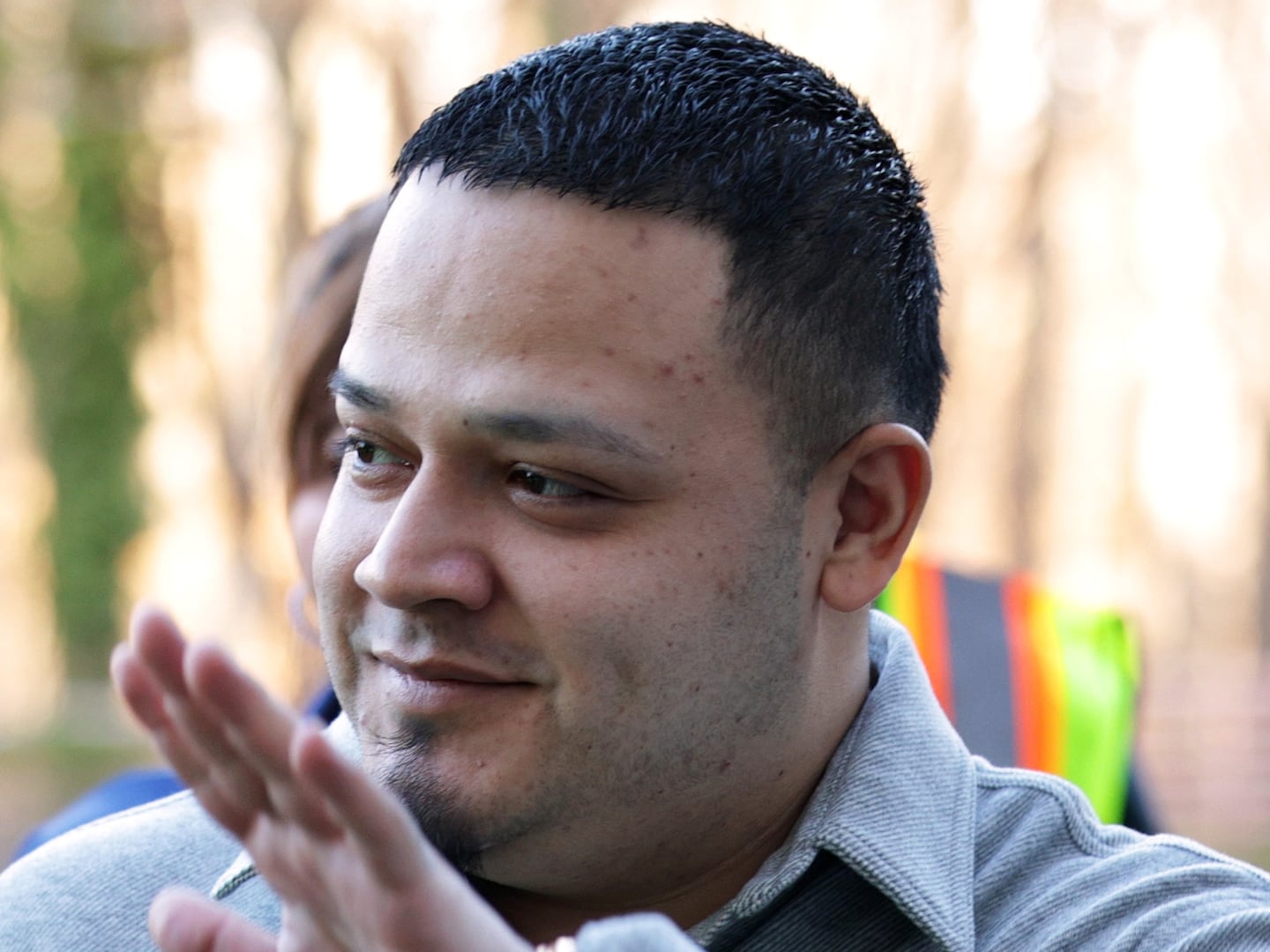Poverty was surely a factor, as no doubt was the mistaken belief that American immigration authorities would not send back unaccompanied children.

But only true terror could have driven kids by the thousands to make the harrowing journey from Honduras to the United States.
“It has to be extreme fear,” says Al Valdez, formerly the supervising investigator of the gang unit at the Orange County District Attorney’s Office and presently a professor at the University of California at Irvine.
The terrible irony is that the immediate sources of that terror are fellow Hondurans who once made that same journey only to be deported for having become swept up in two monstrous gangs that rose from the streets of Los Angeles.

The 18th Street Gang was named after the locus of its birth in the Ramparts section. It is also known as MS-18 and has been nicknamed The Children’s Army because of its predilection for recruiting even kids still in elementary school.
The Mara Salvatrucha gang was formed by refugees from the civil strife in El Salvador during the 1980s and grew to include thousands of members from all of Central America. It is also known as MS-13.
Initially, only those gang members who were convicted of serious crimes and served their sentences were deported. A new law in 1996 then mandated the deportation of anybody busted for a crime that carried a year in prison or more, even if the sentence was suspended. A member of MS-18 or MS-13 needed only to be caught in a petty drug bust or a minor theft to be deported via the unmarked planes of the real-life Con Air, officially known as the Justice Prisoner Alien Transport System run by the U.S. Marshals.
Between 2001 and 2010, Con Air flew 129,760 convicted criminals back to Central America. These included 44,042 who arrived in Honduras on daily flights that were initially to one of two cities. The flights to the capital, Tegucigalpa, were then suspended and they all began landing at the country’s second-largest metropolis, San Pedro Sula.
That was increasingly convenient for the members of MS-18 and MS-13, for the gangs had brought L.A. thuggery to SPS, where the police had proved to be as ineffective as they were corrupt. The gangs had essentially taken over big parts of the city, warring with each other and preying on innocents with virtual impunity.
“In recent years, federal law-enforcement authorities have targeted MS-13 and MS-18 alien gang members for deportation, an action that some argue has contributed to the development and proliferation of U.S.-styled gangs in Central America,” a 2008 U.S. congressional report notes.
Valdez, the former Orange County gang unit chief, says that when visiting Central America he came upon records indicating that some form of street gangs had existed there as far back as the 1950s.
“What was new was this ’90s generation of street gangs,” he says.
He also contends that the true number of deported MS-18 and MS-13 members is fewer than the statistics might suggest. He adds that most of them were minor players in the U.S.
But, Valdez suggests, ubiquitous American popular culture gave enormous street cred to even a low-level L.A.-style gangbanger. An L.A. shoplifter could play an SPS Scarface.
“A big fish in a little pond,” Valdez says.
There were also a few who had been big even in a pond the size of Los Angeles. They marshaled their underlings in San Pedro Sula and set to recruiting a whole new crop of chairmen for their army.
“The gangs exploded, the membership exploded, and everything exploded,” Valdez says.
The result was that the murder rate in San Pedro Sula rose to 187 per 100,000, or more than double that of Honduras itself, and 10 times that of Chicago. San Pedro Sula had become known as the most dangerous city on Earth.
Neither gang hesitated to torture and kill youngsters, telling one boy, “You’re either with us or against us.” Anybody perceived as being against them was liable to be found shot and maybe tortured.
When the rumor swept Central America that unaccompanied children were being allowed to remain in the United States, few youngsters left Nicaragua. Poverty there is as crushing as elsewhere in Central America, but the gang presence is relatively minimal.
More than 2,200 kids left San Pedro Sula, heading in desperation for the very country that gave rise to the gangs they were fleeing.
“People don’t want to die,” Valdez observes.
The youngsters arrived at our border with the unspoken message that we reap what we sow.
Now some of us are clamoring for an added cruel irony. They want to send the border youngsters back on what would become Con Air for Kids.






